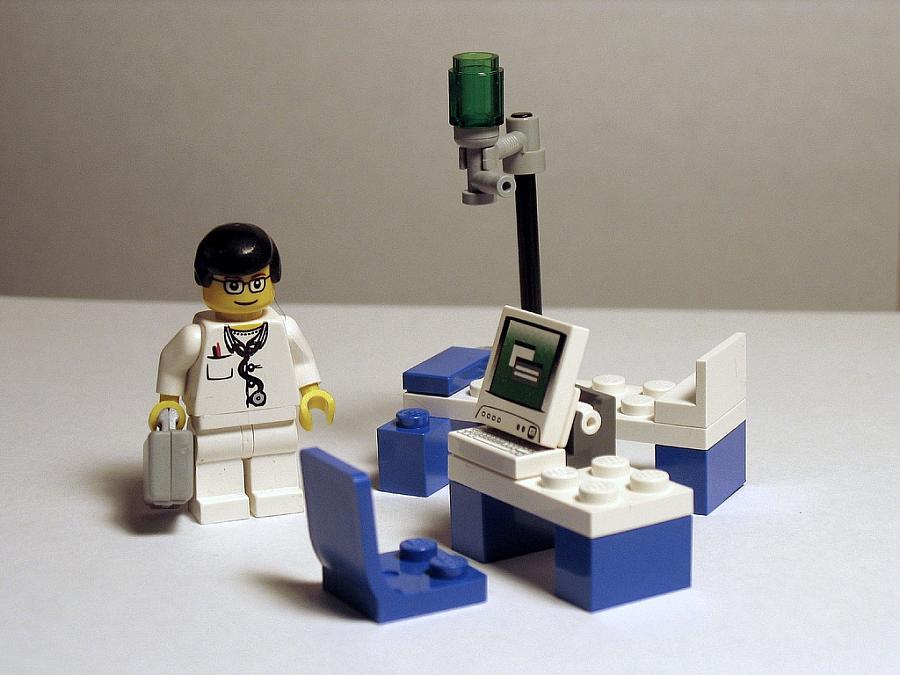Predictive Prevention: Even old docs can learn new tricks

How will today's doctors adapt to a data-driven future?
Can doctors who have been in the business so long that they think electronic medical records are something you play on your Discman be retrained?
Can they learn to synthesize the vast amount of health information they will soon be able to gather from data brokers about your spending patterns, social media habits, and other digital living? Can they match that to your medical history in their office, sit you down, and talk with you in clear terms about what steps you need to take toward a healthier life?
As I said in my last post, a lot depends on whether the doctor is providing good care overall. If so, the chances are good that she can adapt to this new challenge, too.
Think about all of the things that doctors have had to adapt to over the past 10 years, let alone 30. A doctor now in her 40s would have graduated from medical school in the 1990s. In the late 1990s, hormone replacement therapy sales were skyrocketing, combinations of antiretroviral drugs to treat HIV/AIDS were still experimental, and there were no vaccines to prevent cancer.
Doctors have an ever widening array of drugs and drug combinations at their disposal, more surgical and non-surgical options for a bigger range of conditions, and an endless library of research and guidelines available online.
Research shows that continuing medical education programs can work when done right. A review of 50 randomized controlled trials studying the effectiveness of continuing medical education, led by Dr. David Davis with the Association of American Medical Colleges and published in JAMA, showed that CME programs “consistently improve physician performance and, in some instances, health care outcomes.”
But, as with the conversations between physician and patient, the training of physicians has to be done right. The JAMA review found that doctors have to talk to each other, coach each other, and correct each other, too. They found that the best continuing medical education programs were interactive, meaning they reviewed physicians’ techniques, provided immediate feedback, and then followed up with outreach after the training. These were “the most effective at simultaneously changing physician care and patient outcomes,” the review found.
Which were the least effective? Simply providing doctors clinical practice guidelines didn’t work very well. And making them listen to a bunch of lectures didn’t work very well, either.
Now, you are probably going to ask a good question, as my editor did: Are there any CME courses on the emerging practice of using consumer data to create health profiles and risk assessments for patients?
Not a lot. In fact, I searched the CME sites for 10 major medical schools – including USC’s Keck School of Medicine – and couldn’t find a single reference that would encompass teaching doctors how to talk in a more effective way with their patients. Such skills will be all the more crucial as we cross into the new territory of data profiling and predictive analytics. This isn’t just a doctor asking patients where it hurts or whether they have been having trouble sleeping. This is a doctor telling patients that she knows much more about what has been going on with their health and the behaviors that put their health at risk. These conversations could be very productive – or weird, disorienting and infuriating.
So as the investments in gathering patient data are being made, health care providers should consider whether it makes sense to put some funding toward training physicians how to use the troves of digital information about their patients, too. We’re training them how to perform robotic surgeries, why not train them to treat patients like human beings while we’re at it?
Photo by Jay Reed via Flickr.
